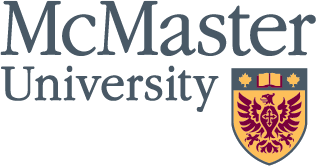September 27, 2001
posted on Sept. 27: Communication technology focus of state-of-the-art research centre
Read More
 Share
Share
SHARE WITH YOUR FRIENDS
Pick one or more destinations:
0
0
0
×
September 26, 2001
posted on Sept. 26: New courtyard makes a perfect stage
Read More
 Share
Share
SHARE WITH YOUR FRIENDS
Pick one or more destinations:
0
0
0
×
September 26, 2001
posted on Sept. 25: Faculty of Health Sciences joins online education initiative
Read More
 Share
Share
SHARE WITH YOUR FRIENDS
Pick one or more destinations:
0
0
0
×
September 25, 2001
posted on Sept. 25: Multimedia program has a new home
Read More
 Share
Share
SHARE WITH YOUR FRIENDS
Pick one or more destinations:
0
0
0
×
September 24, 2001
posted on Sept. 24: New learning innovation grants foster collaboration, self-directed learning
Read More
 Share
Share
SHARE WITH YOUR FRIENDS
Pick one or more destinations:
0
0
0
×

